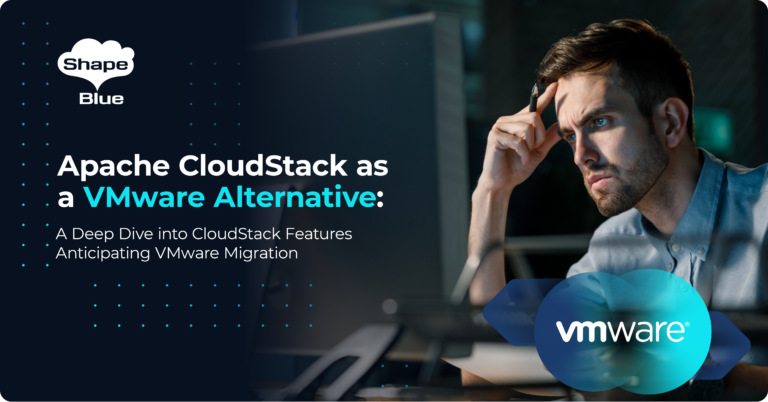vSphere Advanced Capabilities in CloudStack | CloudStack Feature Deep Dive
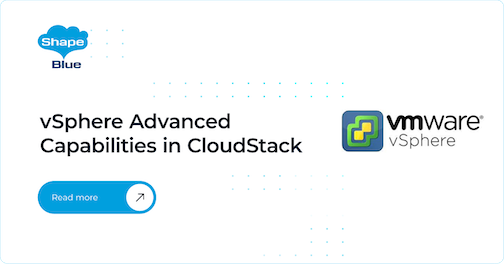
Introduction CloudStack vSphere integration has not kept up with the evolution of vSphere itself, and several functions can be performed natively by vSphere much more efficiently than by CloudStack. vSphere also has additional features which would be beneficial to the operators of vSphere based CloudStack clouds. This feature introduces support in CloudStack for VMFS6, vSAN, […]
Support Virtual Appliance OVA Templates in VMware | CloudStack Deep Dive
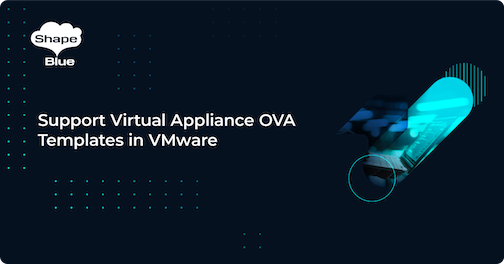
Vendors of virtual appliances (vApp) for VMware often produce ‘templates’ of their appliances in an OVA format. An OVA file will contain disc images, configuration data of the virtual appliance, and sometimes a EULA which must be acknowledged. The purpose of this feature is to enable CloudStack to mimic the end-user experience of importing such […]
Secondary Storage Management | CloudStack Feature Deep Dive
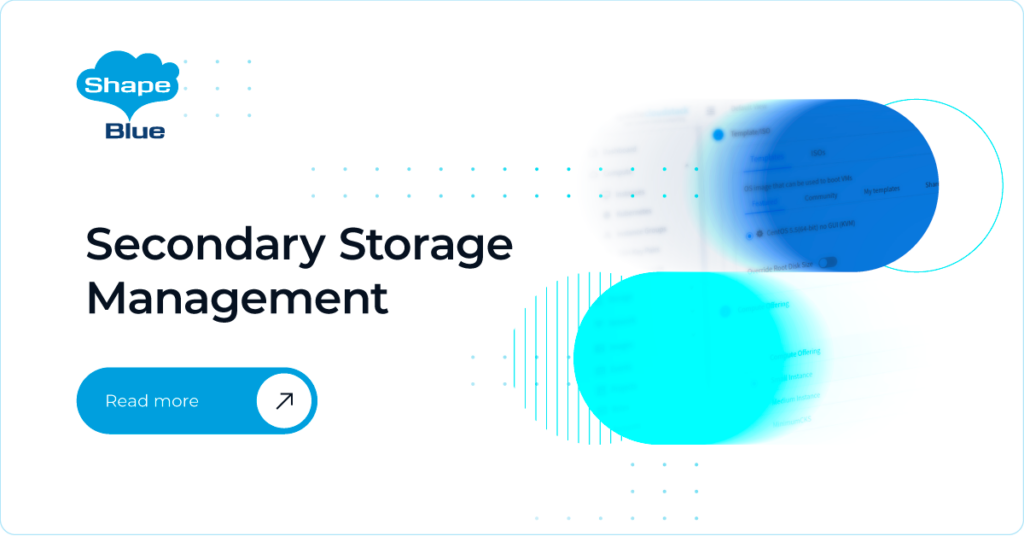
In CloudStack, secondary storage pools (image stores) house resources such as volumes, snapshots and templates. Over time these storage pools may have to be decommissioned or data moved from one storage pool to another, but CloudStack isn’t too evolved when it comes to managing secondary storage pools. This feature improves CloudStack’s management of secondary storage […]
CloudStack Kubernetes Service
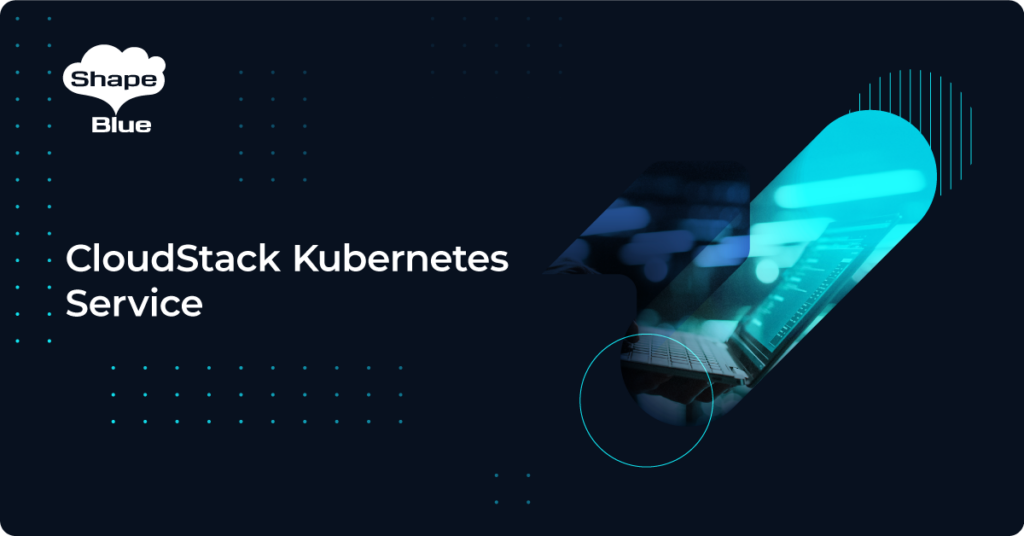
For a while, the CloudStack community has been working on adding support for containers. ShapeBlue successfully implemented the CloudStack Container Service and donated it to the project in 2016, but it was not completely integrated into the codebase. However, with the recent CloudStack 4.14 LTS release, the CloudStack Kubernetes Service (CKS) plugin adds full Kubernetes […]
Project Primate – a new UI for Apache CloudStack
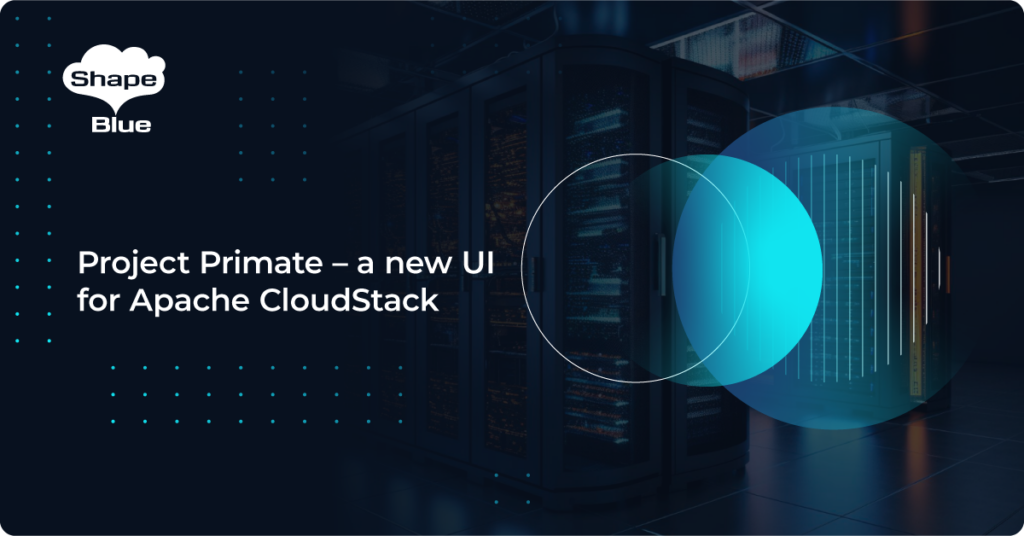
There is currently significant effort going on in the Apache CloudStack community to develop a new, modern, UI (user interface) for CloudStack: Project Primate. In this article, I discuss why this new UI is required, the history of this project and how it will be included in future CloudStack releases. There are a number of […]
Openvswitch with DPDK support on CloudStack – Part 2 | CloudStack Feature Deep Dive
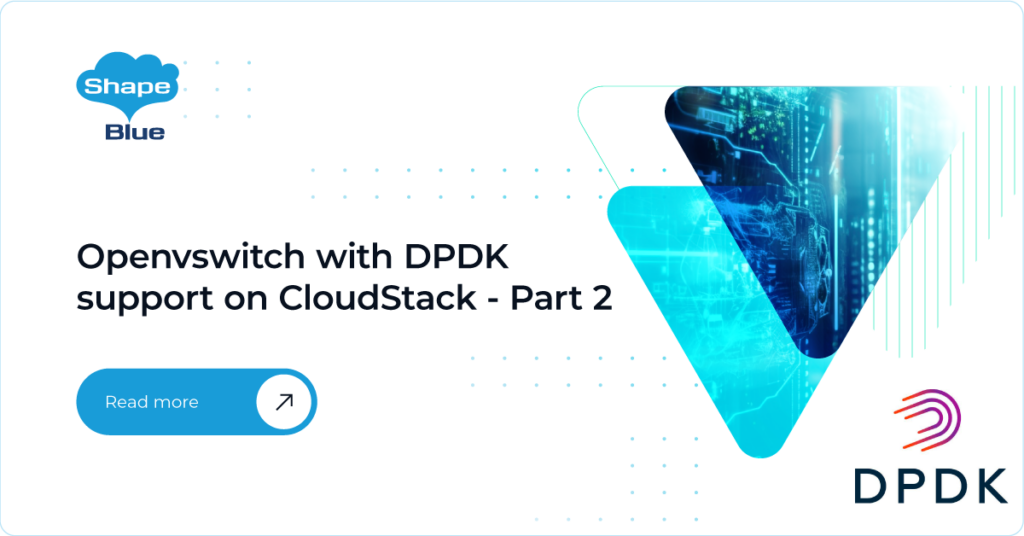
Introduction In my previous post, I described the new ‘Open vSwitch with DPDK support’ on CloudStack for KVM hosts. There, I focused on describing the feature, as it was new to CloudStack, and also explained the necessary configuration on the KVM agents’ side to enable DPDK support. DPDK (Data Plane Development Kit) (https://www.dpdk.org/) is a […]
What’s coming in the new CloudMonkey 6.0? | CloudStack Feature Deep Dive
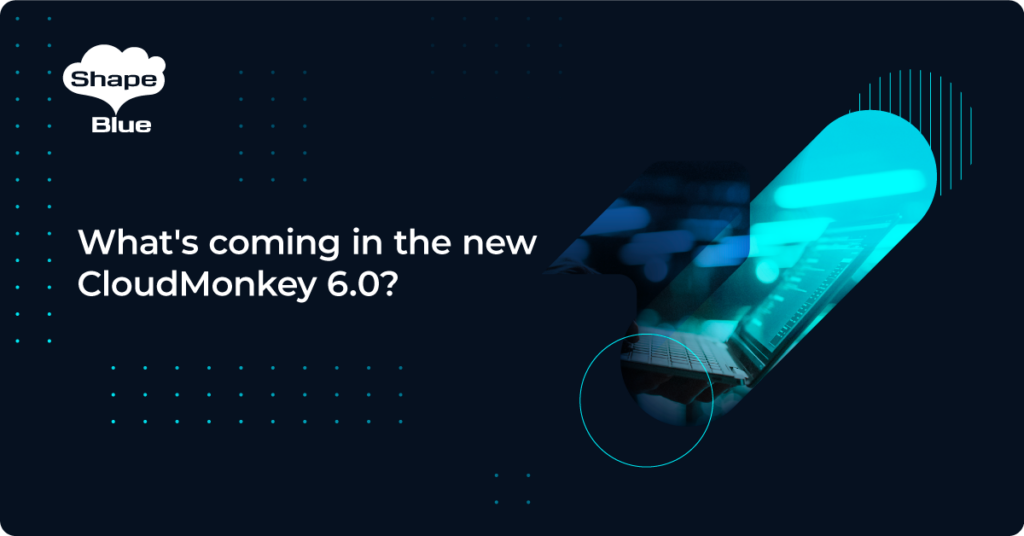
Background The original CloudMonkey was contributed to the Apache CloudStack project on 31 Oct 2012 under the Apache License 2.0. It is written in Python and shipped using the Python CheeseShop, and since its inception has gone through several refactors and rewrites. While this has worked well over the years, the installation and usage have been limited […]
Openvswitch with DPDK support on CloudStack | CloudStack Feature Deep Dive
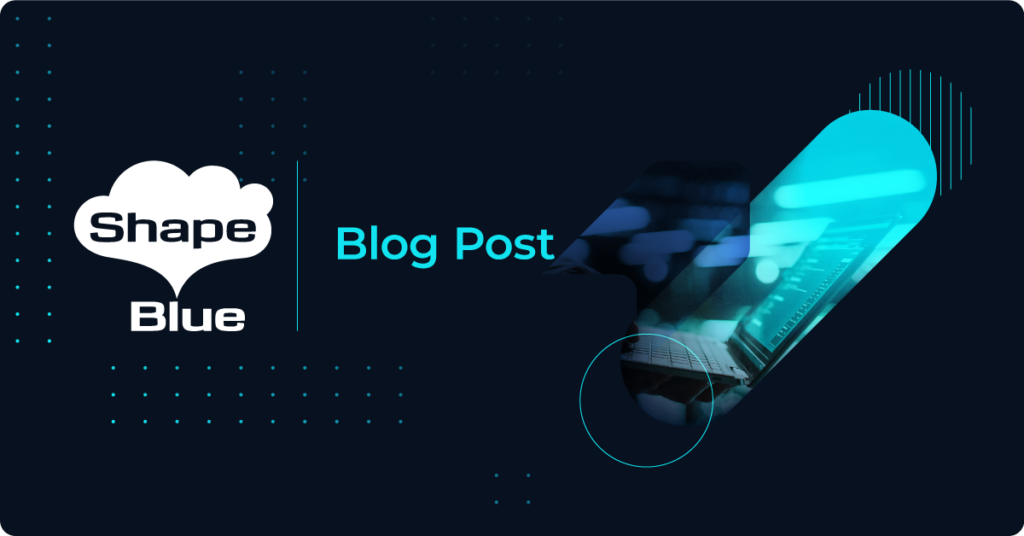
Introduction This blog describes a new feature to be introduced in the CloudStack 4.12 release (already in the current master branch of the CloudStack repository). This feature will provide support for the Data Plane Development Kit (DPDK) in conjunction with Open vSwitch (OVS) for guest VMs and is targeted at the KVM hypervisor. The Data […]
Networking KVM for CloudStack – a 2018 revisit for CentOS7 & Ubuntu 18.04 | CloudStack Feature Deep Dive

Introduction We published the original blog post on KVM networking in 2016 – but in the meantime we have moved on a generation in CentOS and Ubuntu operating systems, and some of the original information is therefore out of date. In this revisit of the original blog post we cover new configuration options for CentOS 7.x […]
Secure Live KVM VM Migration with CloudStack 4.11.1 | CloudStack Feature Deep Dive

Introduction CloudStack 4.11.1 introduces a new security enhancement on top of the new CA framework to secure live KVM VM migrations. This feature allows live migration of guest VMs across KVM hosts using secured TLS enabled libvirtd process. Without this feature, the live migration of guest VMs across KVM hosts would use an unsecured TCP connection, which is prone […]


